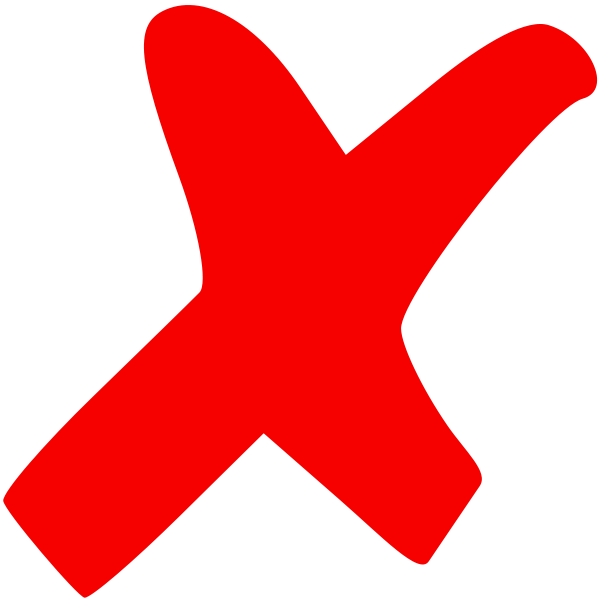/// n. Any bridging lines drawn across multiple CASES mean the CASES are identical. See CASE NOTATIONS.
NOTE:
 If you have multiple CASES of the same thing, only open one at a time. It makes consolidation of space on RUNNERS easier, and reduces risk of STORE DAMAGE on CARTS or in BACK-STOCK.
If you have multiple CASES of the same thing, only open one at a time. It makes consolidation of space on RUNNERS easier, and reduces risk of STORE DAMAGE on CARTS or in BACK-STOCK.
 Our mythical nemesis, EVIL-STOCK-DUDE, does just the opposite. He opens every CASE, randomly takes a little from each, and leaves partially-full opened CASES of the same ITEM spread out across multiple CARTS.
Our mythical nemesis, EVIL-STOCK-DUDE, does just the opposite. He opens every CASE, randomly takes a little from each, and leaves partially-full opened CASES of the same ITEM spread out across multiple CARTS.
 If you have multiple CASES of the same thing, only open one at a time. It makes consolidation of space on RUNNERS easier, and reduces risk of STORE DAMAGE on CARTS or in BACK-STOCK.
If you have multiple CASES of the same thing, only open one at a time. It makes consolidation of space on RUNNERS easier, and reduces risk of STORE DAMAGE on CARTS or in BACK-STOCK.  Our mythical nemesis, EVIL-STOCK-DUDE, does just the opposite. He opens every CASE, randomly takes a little from each, and leaves partially-full opened CASES of the same ITEM spread out across multiple CARTS.
Our mythical nemesis, EVIL-STOCK-DUDE, does just the opposite. He opens every CASE, randomly takes a little from each, and leaves partially-full opened CASES of the same ITEM spread out across multiple CARTS.#/# n. A fractional notation indicating a CASE is a member of a series of identical CASES. E.g., 2/3 for "second of three cases." See CASE NOTATIONS.
##### n. 1. A 5-digit STOCK NUMBER. E.g., 12345, (i.e., a six-digit STOCK NUMBER such as 012345 with it's leading zero omitted). 2. A 5-digit PLU. E.g., 94321.
3-Up n. A medium-large SHELF TAG that's printed three-at-once on a single sheet, and is about one-third the size of a DISPLAY SIGN.
3-Way n. 1. A fixed END-CAP structure with no BACKDROP that has full-height shelving facing in three directions. The shelving on either side is in lieu of the usual space for free-standing WINGS: "Check the 3-way at the front of aisle 1." 2. Just the full-height shelving alone on either side of such an END-CAP: "Kill the spaghetti 3-Way and put up pickles."